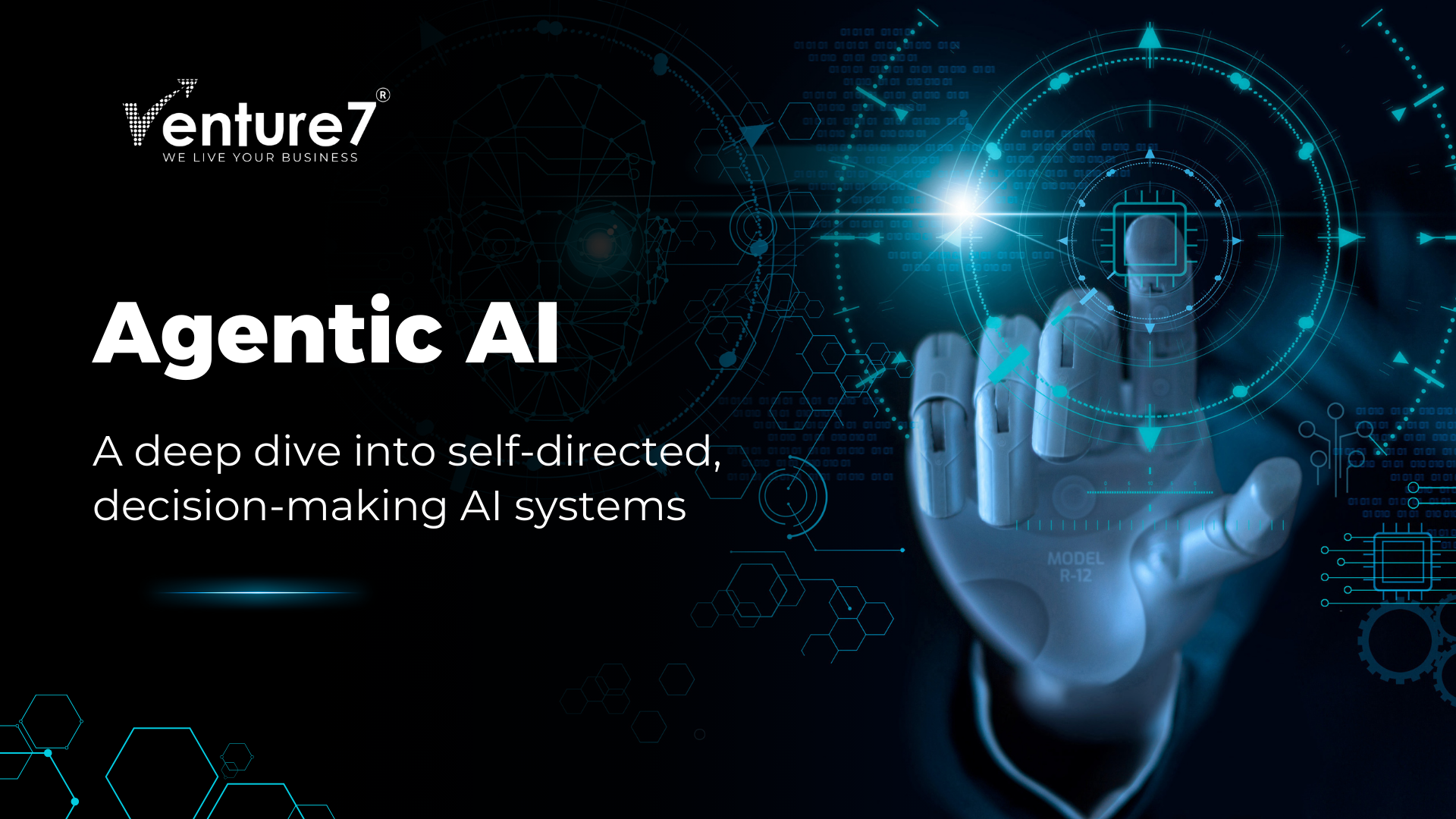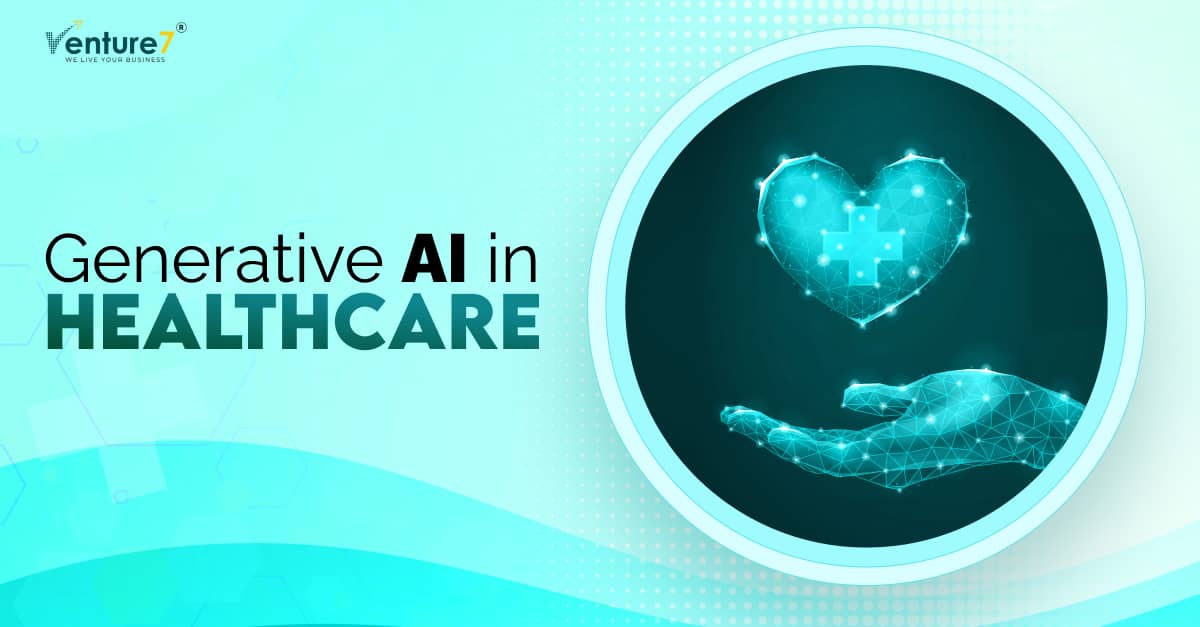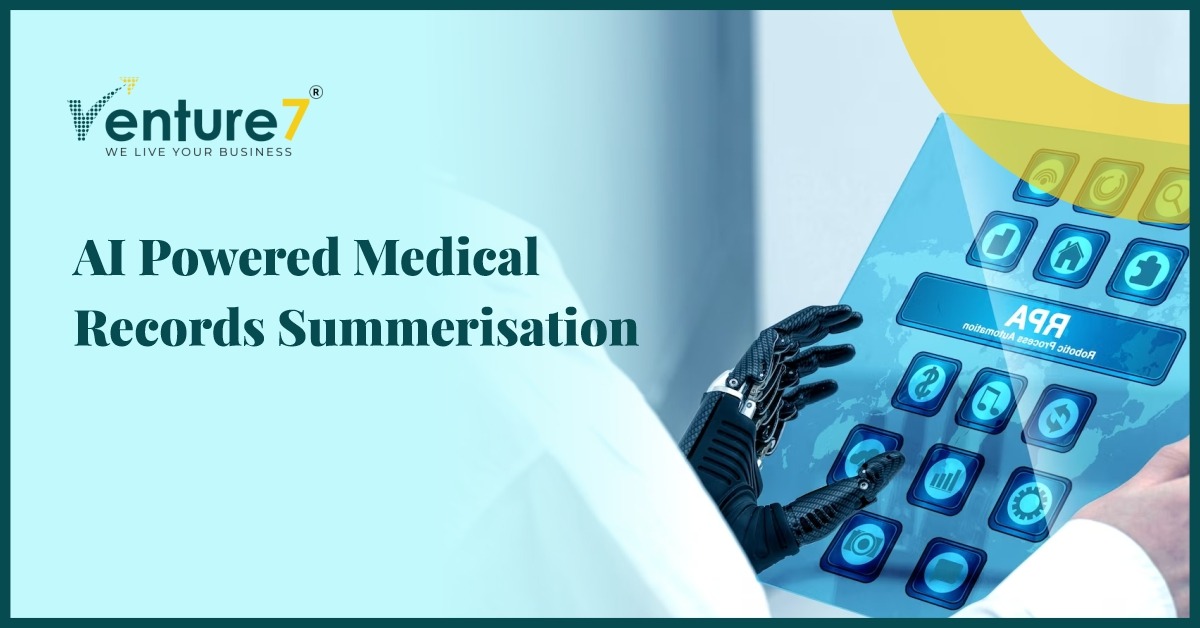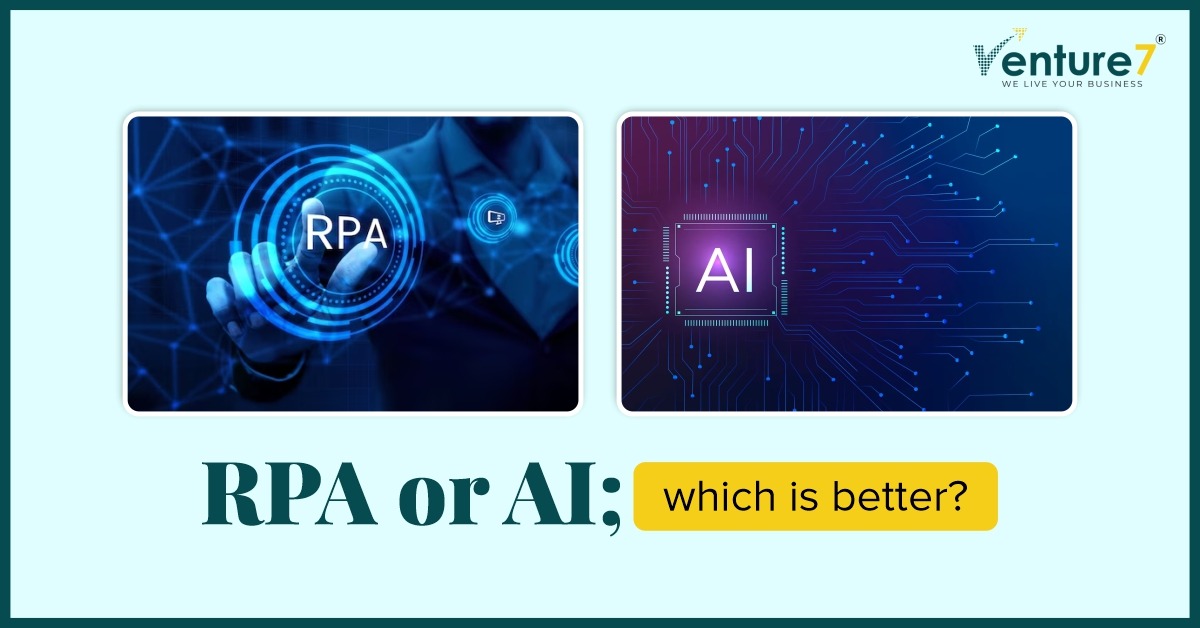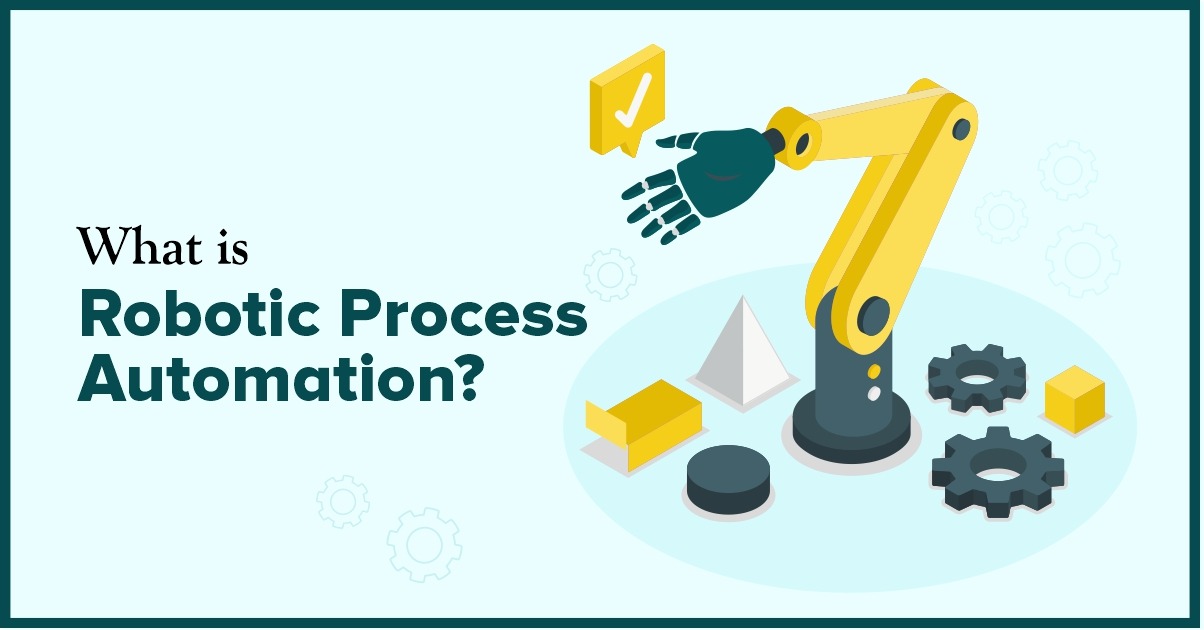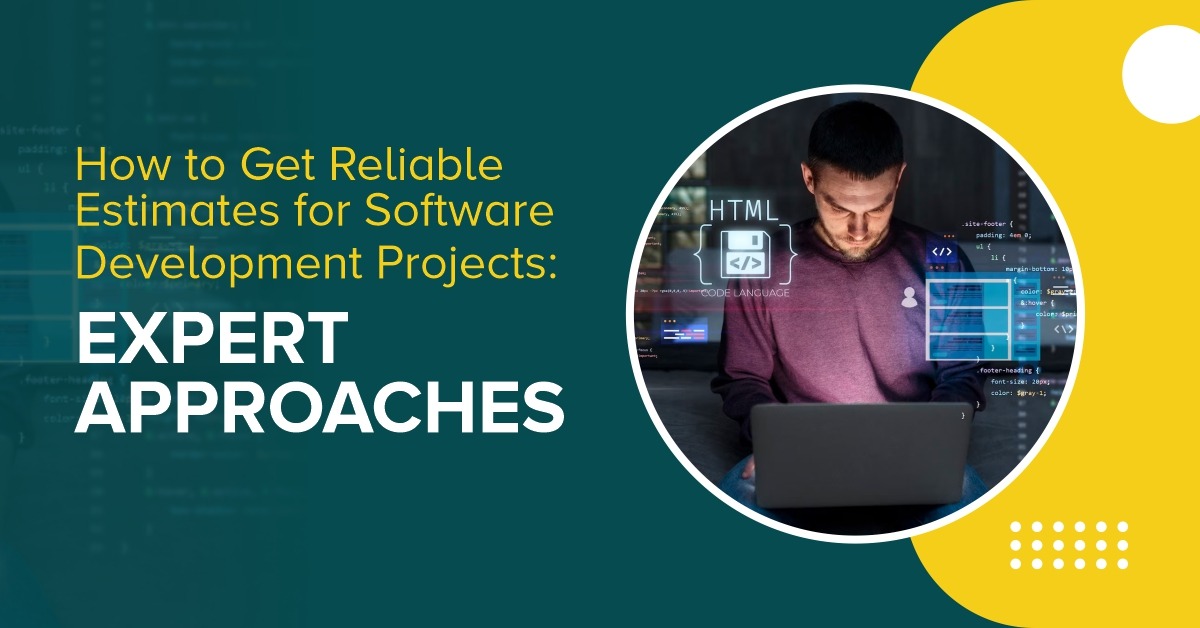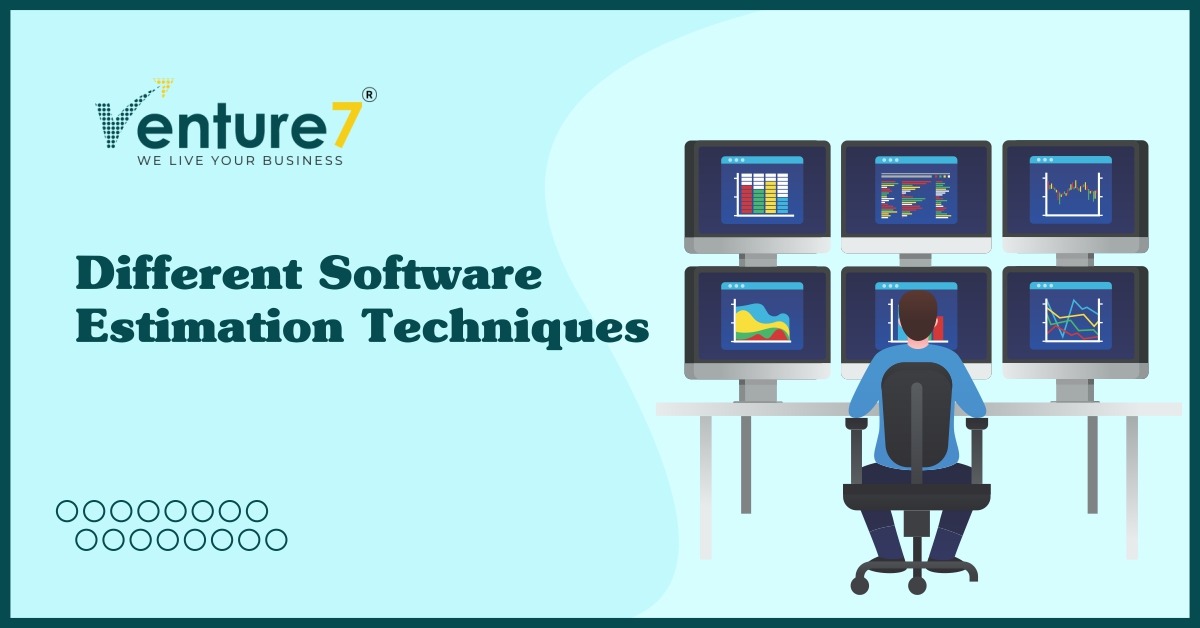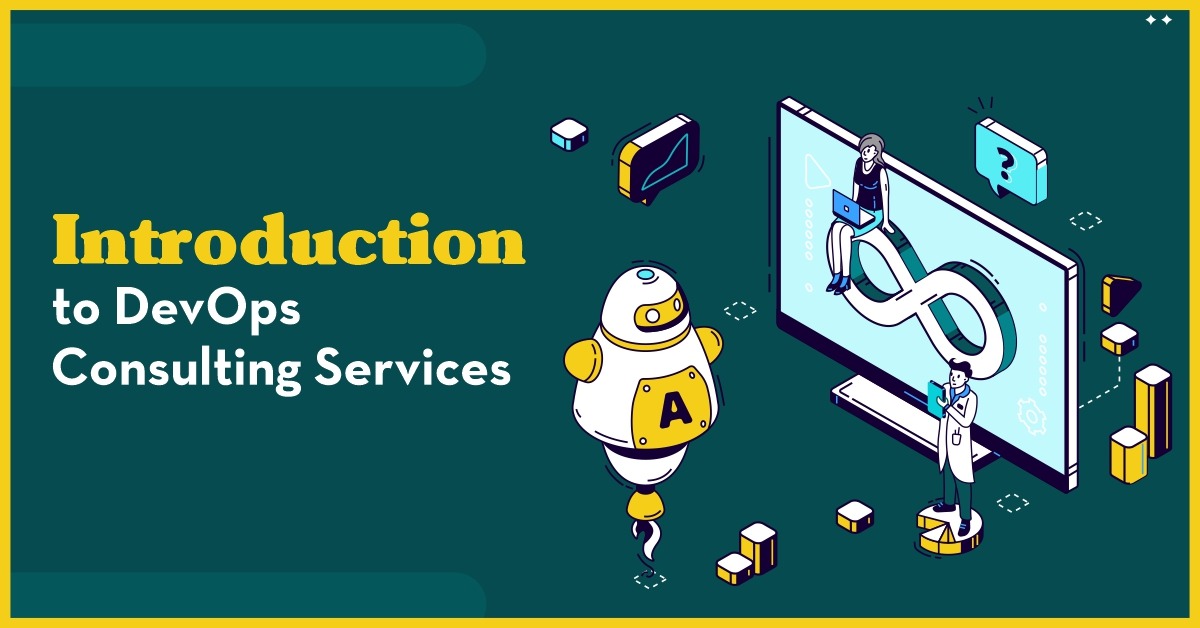Consumerization of Healthcare
We all have heard the rallying cry of the “consumerization of healthcare.” Unfortunately, Benchmarking Zappos & Amazon is a fatal oversimplification. This category is incredibly hard to use. Segal & Gail’s brand simplicity index ranks 25 industries annually; health insurance is consistently 25 out of 25. Benchmarking Zappos, Amazon vs Adobe. For example, Adobe Photoshop is the world’s most widely-used professional graphics editing platform. The software provides hundreds of advanced features for creating and manipulating images. At first, learning the program is difficult, but as users become more familiar with the product – often investing hours watching tutorials and reading how-to guides- their expertise and efficiency in using the product improve. They also achieve a sense of mastery – (rewards of the self). Once the users have invested the effort to acquire a skill, they are less likely to switch to a competing product. The mindset of such habit formation products needs to ask differently than developers commonly ask. BJ Fogg’s Behavior model & Nir Eyal’s Hooked frameworks are great ideologies to follow for product design. A product’s capability to form habits can be determined by plotting two factors: • Frequency: How often the behavior occurs. • Perceived Utility: How useful & rewarding the behavior is in the user’s mind over alternative solutions. Behavior that occurs with enough frequency & perceived utility enters the Habit Zone. The below figure depicts the theory with two examples of Googling & buying on Amazon. (credit: Nir Eyal) We need to involve psychology. Why? That’s because humans are complicated? We all are very different from one another different in so many, so many ways. So how will tech companies make us choose to use their application? And that’s pretty easy. That’s by influencing the one thing that is common among all of us. Well, that’s our senses, touch, hearing, eyesight, smell, and taste. These are our five senses. App developers will use these senses to influence you to make decisions. If you want to learn how we create products that change user behaviors by making old routines easier rather than asking users to discover new, unfamiliar actions, let’s chat. Covid 19 is accelerating the adoption of Virtual care. The Business Research Company predicts that global telehealth to grow from $83 billion to $319 billion by 2025. That is 30% CAGR. One of the minute but massive changes has been that today doctors are reimbursed for virtual patient checkups by the groups that pay for care. Earlier it was only possible for f2f consultations. So now, on a Saturday morning, you can be in pyjamas opening an app, and deciding how to treat specific ailments. It is very convenient. Thus has a lot of inherent capability of being a habit. We’ve gone from hunting & growing our food to pressing three buttons on the mobile. That is the power of convenience. A thoughtful UX can help you build a habit. Let me share a super inefficient process when you visit a pediatrician: We here at Venture7 see it as a lightbulb moment. All such manual activities are ripe for disruption. As a custom software development company, contactless patient care technology is replacing outdated manual processes fast. Advancements in AI, IoT, Cloud, Big data, and mobile technologies will make healthcare more convenient and easy. That way, healthcare will be consumerized. For instance, EHR software can help you with reminders for checkups, health maintenance alerts, avoiding drug interactions, billing report generation, and more. In addition, it points you toward thorough data usage, which makes patients happy. Have you ever attempted to decipher a handwritten prescription from a doctor? E- prescribing is winning over the hearts of all stakeholders. Learning a new tool is often filled with errors, but software developers can use the difficulty to their advantage. There is a constant element of the unknown when using a new site. However, symbols of progression and instantaneous variable feedback can turn a difficult path into an engaging challenge. Want us to look into your app and transform it into a habit-forming product? Let’s chat. Nurses will spend less time driving between homes serving chronically ill patients to collect the vital signs and report patients’ progress. Instead, they will spend more time working on workstations, delivering similar quality care, and attending to more patients. Our Closing Thoughts. Let’s work together to make healthcare more convenient and thus consumerized. I will love to connect with all those who have similar thoughts. There is a lot that I can learn from you, and you might appreciate some of our experiences. It is excruciating when you’ve built a great website, app, or new feature, but no one seems to care. So how do you get people to stick around long enough to see how your service is of value? In healthcare, the seductive design will repeatedly accelerate users’ visits. As humans, we are driven to conquer obstacles, even for the satisfaction of doing so. Therefore, pursuing a task to completion can influence users to keep using the tool. Using these psychologies in designing your product leads users to visit you repeatedly. Want to learn how Venture7 developers use such psychology in product design? Thus, technology mixed with psychology (UX) leads to repeated usage. If you want our opinion about your app or site, you can email me here.

